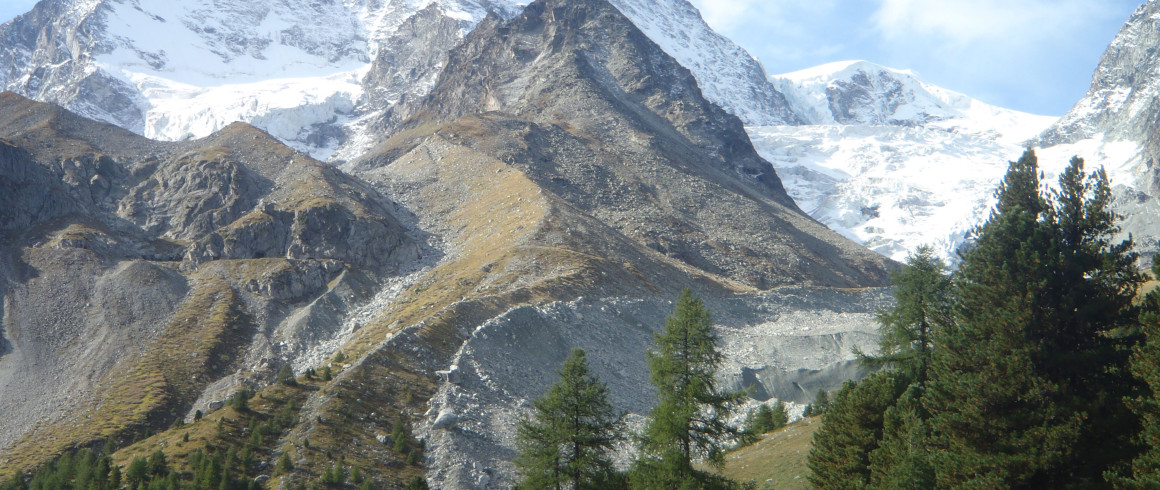Magnificent mountains and excellent exploration: Lawrence Wager
Lawrence Wager (1923) is a celebrated geologist and mountaineer. As Sunday was International Mountain Day, we looked at a small snapshot of his achievements.
“He taught me more about mountains and about the respect that you must give them if you are to deserve to live and climb among them, than anyone I have ever met.” (Jack Longland, in the Alpine club obituary, 1966)[i]
While at Pembroke (1923) he joined many societies, chief among which was the Cambridge University Mountaineering Club. He graduated with a First in Geology in part II of the natural sciences Tripos. He went on to hold positions at Reading, Durham, and Oxford, and gained a reputation as an excellent field geologist and teacher, and an excellent and safe climber.
Wager discovered East Greenland’s Skaergaard intrusion during the British Arctic Air Route Expedition (BAARE) to Greenland in 1930. It is for his work on which he is most remembered. During this expedition he took part in an attempt to climb Mount Forel, which was the highest known Arctic peak at the time. Although they were unsuccessful in reaching the summit, it was the highest Arctic climb to that date. All members of the expedition received the Polar Medal on their return. Other recipients include Captain Scott, Sir Ernest Shackleton, Sir Edmund Hillary, and Sir Ranulph Fiennes.
Wager also had a major role in organising and leading other expeditions, including the 1935 – 1936 British East Greenland Expedition, during which they undertook detailed mapping of the Skaergaard Intrusion. He was accompanied by his wife and sister-in-law, who were the first British women to winter in East Greenland. Geoff Glasby, writing in Geoscientist (2007), describes some of the reasons that Wager is so significant in the field of geology:
“Many judged Wager and Deer’s 1939 account of the Skaergaard Intrusion to be the most significant single contribution yet made to the science of petrology. In the field, Wager had the rare gift of inspiring blind faith, due to his deep understanding of the factors controlling the spirit and stamina of his party, the cautious common-sense that governed all his decisions, and his insistence upon detailed organization. E.A. (David) Vincent considered Wager to be one of the toughest, most single-minded explorers that Britain has ever produced.”[ii]
In 1933 Wager joined the Everest expedition, and achieved the highest ascent without oxygen until being overtaken in 1978. He is credited with shaping the Oxford department of Geology into a leading research institution. The Wager glacier in Alexander Island, Antarctica, is named after him.
“Wager, with his shrewd, tenacious mind, was totally dedicated in all he did, and an outstanding geologist. That’s all there is to it.”[iii]
Sources: [i] L.R. Wager, A Life: 1904 – 1965, Jane Hargreaves, 1991, p. 25 [ii] Glasby, 2007 [iii] ibid Other sources: Oxford Dictionary of National Biography OU Museum of Natural History
